As a warehouse manager, you know how essential warehouse picking is in the supply chain. At Aero, getting your orders out on time means careful planning of all warehouse activities. Order picking is one area where inefficiencies take a serious bite out of the bottom line.
With the right order picking methods, and a little forward planning, warehouse picking management can reduce those inefficiencies significantly. Let’s take a look at some ways to streamline picking methods and speed up order picking.
What Does Warehouse Picking Mean?
The definition of picked in relation to the supply chain is simple. Picking orders means removing stock items from the shelves and packaging them to send to clients. For a pick to be successful, they should be as efficient as possible. At Aero, we strive for maximum efficiency and get the products to clients in a timely manner.
What is a Warehouse Picker?
The answer to “What is a picker in a warehouse?” used to be simple. Before automation, it was an employee that went to retrieve stock for customer orders. To define picker today, we must also consider automated order fulfillment and picking methods vs. non-automated. The success of the business rests on how efficient its picking warehouse procedures are.
What Leads to Warehouse Picking Inefficiency?
Inefficiencies in the picking process in the warehouse usually boil down to using the wrong picking methods, picking orders, or equipment. Several ways define “picked” in terms of methods used:
- Piece Picking: This simple process entails workers retrieving the items manually. It’s a common model, but not very efficient.
- Order Picking: Order picking is when the products listed in an order are retrieved from their respective locations. Personnel who execute this process are called order pickers.
- Part-To-Picker: This process usually makes picking far simpler. An automated system brings the items required for order fulfillment. It’s one of the safer, but also one of the most expensive methods to implement.
- Zone Picking: Here, you place goods in specific zones. Products with a high turnover rate are positioned closest to the packaging area for easy picking. Workers picking parts are assigned to particular zones so that they can learn where each component is stored. It reduces the travel time for workers, and so improves efficiency.
- Batch Picking: Here, pickers retrieve orders in batches. It’s an excellent way to deal with bulk orders and minimizes travel time while picking.
- Wave Picking: Wave picking mixes zone, piece, and batch picking for maximum efficiency. It allows workers to collect all the necessary items in one sweep, moving through different zones while doing so.
- Case Picking: Case picking is the gathering of full cartons or boxes of product. This is often done on a pallet.
- Pick Packing: The process of going through a warehouse or fulfillment center to pick up a piece of inventory and complete a picking list.
How to Improve Picking Efficiency
Improving part picking is challenging because each warehouse and order is different. Some basic tips apply whether you’re fulfilling one order or multiple orders.
Check the Order Profiles
- What is your order mix? Sort components by volume. High volume items should be easier to reach.
- What is the normal order size? Ascertaining this ensures that you have the right equipment on hand to deal with it. A conveyor belt system might be expensive, but it is also worthwhile if it facilitates faster picking.
- Assess your order lines. Does your current picking process make sense when you lay your order line out from start to finish? Say, for example, that you need 20 screws and one heavy motor per product that you make. It might make better sense to store the motor nearer to the workers because of its weight, even though you use a lot more screws than motors.
Cut Travel Time to Make Picking Simpler
How long picking takes plays a significant role in overall efficiency. Racks accessible from both sides make more sense than an employee having to skirt an entire row of shelves to get to the right one. Storing low-volume items in less accessible areas also makes sense for easy picking. Using the right equipment significantly reduces the time spent moving from one area to another.
Review Processes and Use Slotting to Make Picking Easier
Standard operating procedures make working easier because they are firm guidelines. You must review and update those guidelines periodically. Technology and best working practices change over time. Your SOP should keep pace.
Slotting is the smart sorting of racks to maximize efficiency. You can group items based on the factors that make sense for the business in a particular area. That way, those items are easily accessible. You can, for example, sort these items by demand or size.
Maximize Vertical and Horizontal Space
Using vertical storage systems makes it possible to make optimal use of your space. Stacking items might also decrease efficiency by making them harder to reach. Order picking is most efficient when items are stored at a height between the pickers’ shoulders and knees.
You should keep this in mind when placing high volume items. Making things easier for your workers enhances productivity and safety.
Place Hot Zones for Picking Carefully
Hot zones are areas for you to store high volume products. Keep these as close to the packaging area as possible. You should place these zones in areas where congestion is low, and it’s easy to maneuver equipment.
Categorize Products in Picking Order
Work out the throughput time and demand for each product. A product that is in high demand (and quick to produce) should be an A-priority. Goods that you can produce quickly and that are in moderate demand should be a B-priority. Designate products with low-demand that take a long time to produce as C-priority. Keep A-priority goods in the most easily accessible areas.
B-priority items can be placed further away or on higher racks. Keep the topmost, least-accessible shelves for C-priority items.
Check the Layout for Efficiency
Efficiency is about more than just whether or not something is accessible. Good flow in the warehouse will improve the order picking process. Is there room for workers to pass one another in the aisles? Can two forklifts or pallets get past each other? Is there room to turn?
The order picking methods that you choose have little value if your employees can’t pick and pass along the aisles. At Aero, we maximize efficiency and strive to make the most of our space.
Keep the Slots Stocked and Simplify the Process Overall
Order picking is only efficient if there’s something to pick. Workers that are going to fetch components waste a lot of time if the items haven’t been unpacked yet. If necessary, assign workers during quieter periods to ensure that all the shelves are stocked. Some companies have a separate night shift that focuses on that one task.
Naturally, you’ll also want to assess future customer orders so that you don’t sit with full shelves of stock that you don’t use.
In an office environment, we term this shuffling of papers. Removing a page from your in-folder and not dealing with it immediately is a waste of energy. So too is dealing with items in the warehouse more than once. Moving an item to a central zone, so that it’s easier to move it to another area later, is a waste of time.
It is wiser to plan order picking carefully so that an order pick means one movement from the rack to the packaging area. Finding the best way to handle all your orders may take some trial and error, but it’s worth working it out. Creating a more efficient flow of products reduces the workload on your employees and improves productivity.
Listen to Your Picking Team and Use Efficient Equipment
Companies often make the mistake of letting supply chain experts design their warehouse layout and order picking methods. These experts give valuable advice, but no one understands your processes as well as those performing the order picking.
They’re the ones that are working in the warehouse daily. They understand where the snags are and how to improve order picking efficiency. Your order pickers want to make their work as comfortable and safe as possible. They’re in a great position to devise ways to do just that.
Using old out-dated equipment in the warehouse might save some capital outlay now. It’s not a winning long-term proposal. Improving the efficiency of your warehouse picking process enables you to enhance customer satisfaction and secure more orders.
Using old or broken equipment in the warehouse could also create unsafe working conditions. Nothing quite slows a warehouse down as much as an accident. Review your equipment periodically and look for new tools to make warehouse picking more effective.
You’ll have a happier order picking team, and your supply chain will benefit. Your orders will leave the warehouse faster, and customer satisfaction will improve.
Consider Outsourcing Your Order Fulfillment
In some cases, it’s not practical to revamp your warehouse. Upgrading your warehouse means a significant investment and also some downtime. Partnering with Aero is a cost-effective alternative.
Our innovative systems allow us to process customer orders quickly and efficiently. You simply send the items to our warehouse. We then handle all the order picking, packaging, and delivery for you. You get to scale up your operations by leveraging our supply chain experience.
You can then focus on ramping up production in your warehouse, without the headache of order picking. Whether you want us to send out one order or one hundred thousand orders, we have the warehouse capacity and order picking skills required. Take this 1-minute survey to see if we’re the right fit for your needs.
See if Aero Fulfillment Services is the right fit for you by taking this 1-minute survey.

